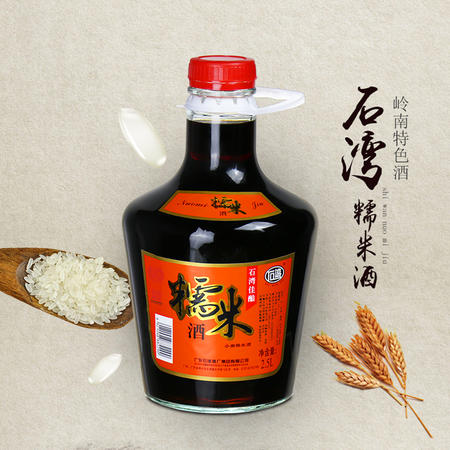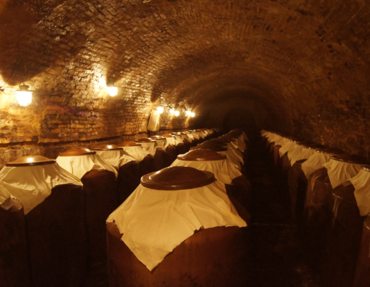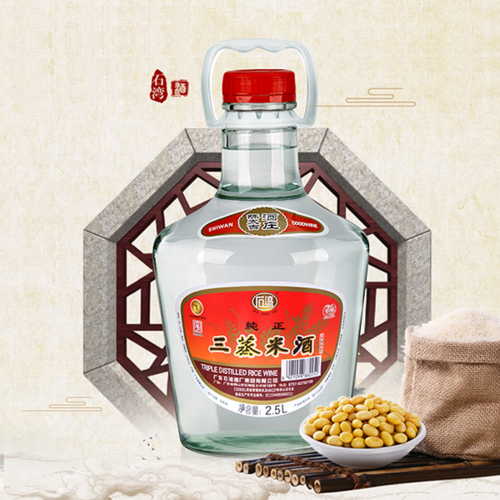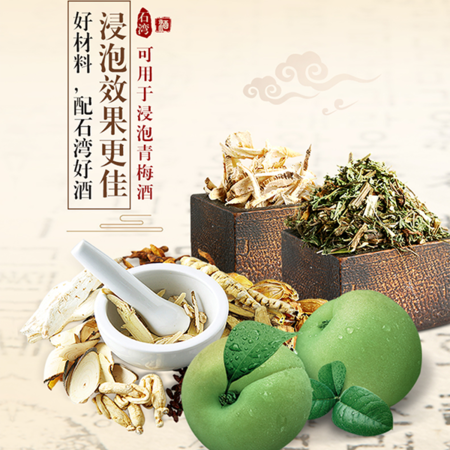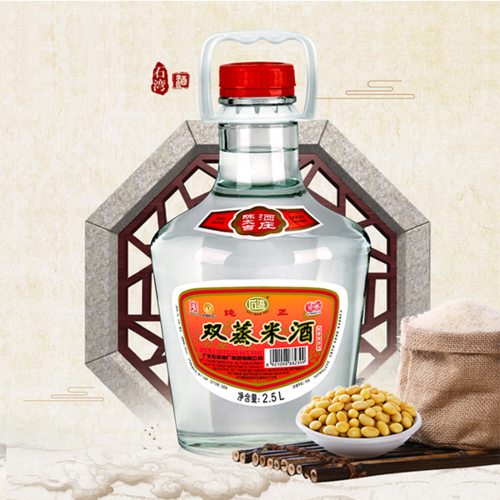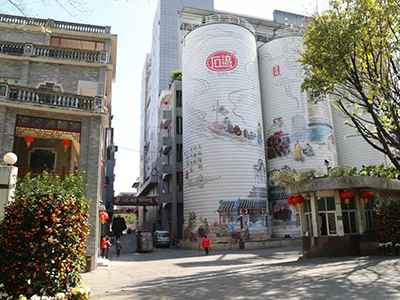What is Glutinous Rice Wine? Origins, Ingredients, and Production Process
Glutinous rice wine, or mijiu in China, is a traditional alcoholic beverage made from glutinous rice, yeast, and water. This wine is renowned for its clear appearance, balanced sweetness, and acidity, and it typically contains an alcohol content ranging from 15% to 20%.
Origins and History
The history of glutinous rice wine dates back thousands of years. The earliest known fermented beverage, made from rice and honey, was produced around 9,000 years ago in central China. By the Shang Dynasty (1750-1100 BCE), rice wine had become a staple in Chinese culture, often used in rituals and ceremonies. The practice of making rice wine spread to Japan and other East Asian countries, where it became an integral part of their culinary traditions.
Key Ingredients
The primary ingredients used to make glutinous rice wine are:
Glutinous Rice: Also known as sticky rice or sweet rice, glutinous rice is prized for its high starch content, essential for fermentation.
Yeast: Known as jiuqu in Chinese, yeast is crucial for converting the starches in the rice into sugars and then into alcohol. This yeast often contains a mix of molds, yeasts, and bacteria that contribute to the wine's unique flavors.
Water: Pure, clean water is vital for rinsing rice and during fermentation to ensure the absence of impurities that might affect the wine's taste.
Traditional Production Process
The traditional process of making glutinous rice wine involves several meticulous steps:
1. Preparation of Rice
Soaking: The glutinous rice is washed and soaked in water overnight to allow it to absorb moisture and soften.
Steaming: The soaked rice is then steamed until the grains are tender but still intact. Proper steaming is crucial to avoid overcooking the rice.
2. Fermentation
Cooling and Mixing: After steaming, the rice is spread out to cool to room temperature. Once cooled, powdered yeast (jiuqu) is mixed thoroughly with the rice.
Fermentation Setup: The rice and yeast mixture is packed into a clean ceramic crock or jar, leaving some headspace. A small well is made in the center of the rice to allow carbon dioxide to escape during fermentation. The vessel is covered with cheesecloth or left with the lid slightly ajar.
Fermentation Period: The mixture is left to ferment in a warm place, ideally between 18-24°C (64-75°F), for anywhere from 7 days to one month. The higher the temperature, the faster the fermentation will occur. During this time, the jiuqu works to break down the rice starches into sugars, producing a sweet clear liquid called rice wine.
3. Straining and Aging
Straining: Once fermentation is complete, the liquid rice wine is strained off from the spent rice solids. The fresh rice wine typically has an alcohol content of around 18-25% ABV.
Aging: Some producers allow the wine to age and mellow out for a while, enhancing its flavor profile. The remaining fermented rice mash is often eaten as a sweet snack or used in cooking.
4. Final Product
The finished glutinous rice wine is clear in color with a balanced sweet and sour flavor and a distinct rice aroma. It can be served chilled, at room temperature, or gently warmed. Traditionally, it is sipped from small porcelain bowls and is also commonly used as a cooking wine to add depth of flavor to various dishes.
Conclusion
Glutinous rice wine is a testament to the rich cultural heritage and culinary traditions of East Asia. Its production involves a blend of simple ingredients and time-honored techniques, resulting in a distinctive beverage enjoyed across China and beyond. Understanding the key steps of steaming, inoculating with starter, fermenting, and aging provides insight into the art and science behind this cherished rice wine. By embracing tradition while also adapting to modern advancements, the production of glutinous rice wine continues to be a celebration of diverse flavors and human ingenuity.



